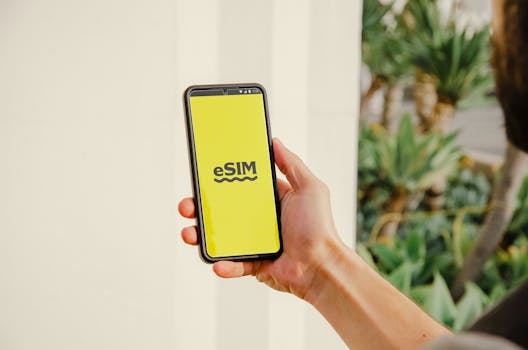Fiber vs. Satellite: The Battle for Internet Dominance in Africa
The battle for internet dominance in Africa is heating up, with fiber and satellite technologies vying for supremacy. In this article, we explore the current state of internet connectivity in Africa, the benefits and drawbacks of fiber and satellite technologies, and the future of internet access on the continent.

Fiber vs. Satellite: The Battle for Internet Dominance in Africa
Fiber vs. Satellite: The Battle for Internet Dominance in Africa, the internet has become an essential tool for economic development, education, and communication. However, many African countries still struggle with limited internet access, slow speeds, and high costs. Two technologies, fiber and satellite, are competing to provide internet connectivity to the continent. In this article, we will explore the current state of internet connectivity in Africa, the benefits and drawbacks of fiber and satellite technologies, and the future of internet access on the continent.
The Current State of Internet Connectivity in Africa
Africa has made significant progress in increasing internet access over the past decade. According to the International Telecommunication Union (ITU), the number of internet users in Africa grew from 10 million in 2000 to over 460 million in 2020. However, despite this growth, many African countries still have limited internet access, with some countries having as few as 2% of their population online. The lack of internet access is largely due to the limited availability of telecommunications infrastructure, particularly in rural areas.
One of the main challenges facing internet service providers in Africa is the lack of fiber optic cables. Fiber optic cables are the backbone of high-speed internet, and their limited availability in Africa has hindered the development of fast and reliable internet services. However, in recent years, several fiber optic cables have been laid across the continent, including the East Africa Submarine Cable System and the West Africa Cable System. These cables have significantly improved internet speeds and reduced costs in the regions they serve.
The Benefits and Drawbacks of Fiber and Satellite Technologies
Fiber optic cables offer several benefits, including high speeds, low latency, and high reliability. Fiber optic cables can support speeds of up to 100 Gbps, making them ideal for applications that require high bandwidth, such as video streaming and online gaming. Additionally, fiber optic cables are less prone to interference and outages, making them a reliable option for businesses and individuals who require constant internet access.
However, fiber optic cables also have some drawbacks. The installation of fiber optic cables can be expensive and time-consuming, particularly in areas with limited existing infrastructure. Additionally, fiber optic cables are often limited to urban areas, leaving rural areas without access to high-speed internet.
Satellite technology, on the other hand, offers several benefits, including wide coverage and low installation costs. Satellite internet can reach remote areas where fiber optic cables are not available, making it an ideal option for rural areas. Additionally, satellite internet is often less expensive to install than fiber optic cables, as it does not require the laying of cables.
However, satellite technology also has some drawbacks. Satellite internet is often slower and more prone to interference than fiber optic cables. Satellite signals can be affected by weather conditions, such as heavy rain or solar flares, which can cause outages and slow speeds. Additionally, satellite internet often has higher latency than fiber optic cables, making it less ideal for applications that require real-time communication, such as video conferencing.
The Future of Internet Access in Africa
Despite the challenges facing internet service providers in Africa, the future of internet access on the continent looks promising. Several initiatives are underway to improve internet access, including the deployment of new fiber optic cables and the development of satellite constellations. For example, the Square Kilometre Array (SKA) project, a radio telescope project being built in South Africa and Australia, will require the deployment of high-speed fiber optic cables to support the transfer of large amounts of data.
Additionally, several companies, including Google and Facebook, are investing in satellite technology to provide internet access to remote areas. For example, Google’s Project Loon aims to provide internet access to remote areas using high-altitude balloons, while Facebook’s Aquila project aims to provide internet access using solar-powered drones.
In conclusion, the battle for internet dominance in Africa is heating up, with fiber and satellite technologies vying for supremacy. While fiber optic cables offer high speeds and reliability, they are often limited to urban areas and can be expensive to install. Satellite technology, on the other hand, offers wide coverage and low installation costs, but is often slower and more prone to interference. As internet access continues to grow in importance, it is likely that a combination of both fiber and satellite technologies will be used to provide internet access to the continent.




